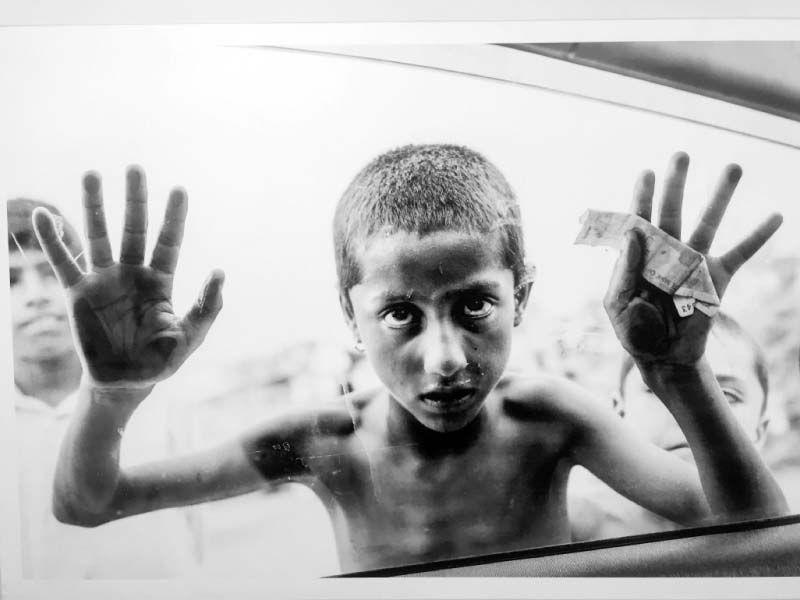
This was said by Umair Ghani, one of the six photographers who showcased his work at an exhibition titled “Surkh” at Alhamra Hall on Thursday.
Ghani told The Express Tribune that photography in Pakistan was pictorial and calendar based only. Largely, photographers were taking photographs of landscapes, he added.
However, the group of six photographers, working together for the last four years, believed that photography should be issue based. Its prime importance was that it was a proof and documentation of life, they said.
“We have extended the definition of marginalised through our work. It is not just about people but also included stray animals, street children, internally displaced persons, people in socio-religious conflicts and ignored architecture,” Ghani maintained.
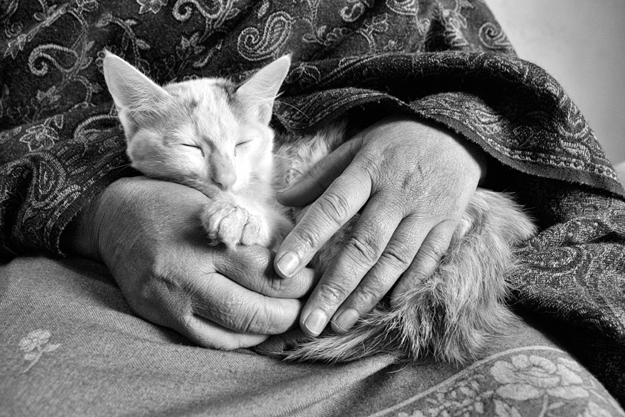
“Our idea of photography is in serious conflict with the state. If a person highlights only positive actions of the state, it would be happy. On the other hand, if one highlights its negligence through his work, it will be annoyed,” he pointed out.
Another photographer Amna Yaseen said that man’s astonishing advancement in mechanisation had direct adverse impact on nature and other creatures, pushing both to the edge of marginalisation.
“Humans need to rediscover their connection with other living creatures on this planet and learn to live in harmony. Stray and wild animals are threatened by human invasion,” she added. Amna said she tried to convince the people through her photography that these stray animals needed safety, love and care as much as humans need it.
Similarly, another photographer, Adul Waris Hameed, told The Express Tribune, “Transgender persons are compelled to live as the children of a lesser God. Smashed by identity crises since first breath, they face social indifference leading to inhuman treatment all their lives.” He said, “I go out to photograph people living in momentarily flow of time. Moments that speaks of intervals of triumph and tragedy. Moments that dance to the rhythm of time,” he remarked.
Photographer Ghazanfar Bhinder said that he had exposed strata that were socially and economically uninteresting and living below the life line. Zahid Chaudhry said that as a photojournalist he photographed the unspoken and the unpainted segments of the society. Muhammad Saeed Rao said that he had tried to depict the sufferings of internally displaced persons. He said his pictures carried the hardships and impact on socio-cultural fabric of the society.
Published in The Express Tribune, January 19th, 2018.
1731570357-0/elon-musk-(1)1731570357-0-405x300.webp)
-(1)1717678110-0/Kendrick-(1)-(1)1717678110-0-165x106.webp)




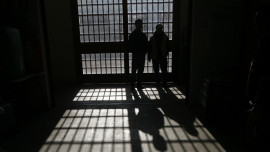


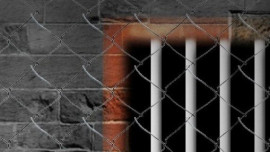
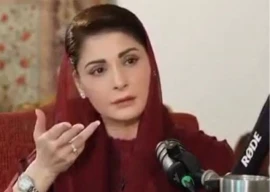






COMMENTS
Comments are moderated and generally will be posted if they are on-topic and not abusive.
For more information, please see our Comments FAQ